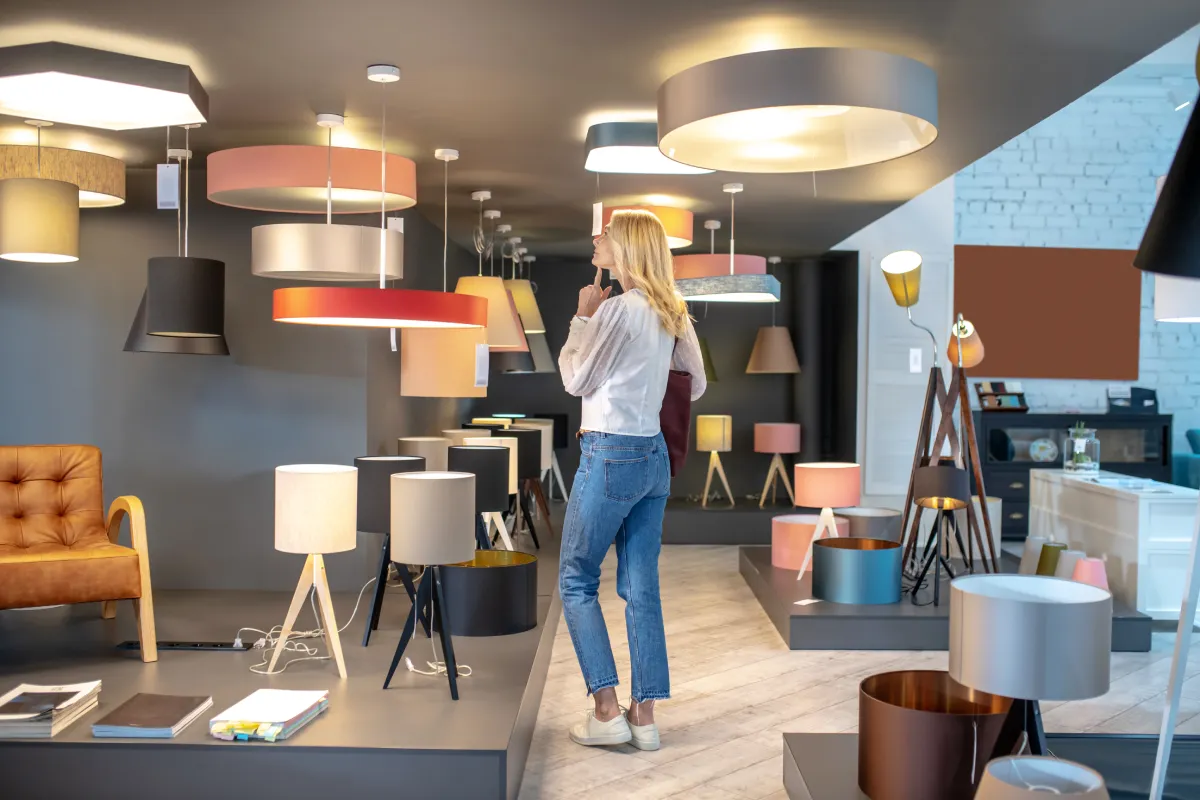How a Furniture Store Visit Sparks Creative Home Design Ideas
Design inspiration can strike anywhere, but when it comes to decorating your home, nothing compares to walking through a showroom. Online images and catalogs provide ideas, but they often lack the depth and perspective needed to truly envision how pieces will look and feel in your space.
That’s why visiting a local furniture store remains a valuable part of the decorating process. The layouts, displays, and product arrangements aren’t just for sales—they’re carefully designed to spark ideas and help you imagine new possibilities for your rooms.
What’s New Furniture encourages homeowners to think of store visits as creative journeys. Instead of scrolling endlessly through product pages, you get a hands-on experience that inspires confidence and originality.
Showrooms as Design Classrooms
Every showroom is organized to tell a story. Dining tables are paired with lighting, sofas with rugs, and beds with accent pieces. These curated arrangements give customers ready-made examples of how items complement each other.
Walking through these setups is like taking a design class. You see how textures, patterns, and colors combine in real space, something flat images can’t replicate. This helps translate vague ideas into practical, achievable plans.
Engaging the Senses
Design isn’t just about looks—it’s about how furniture feels. Touching fabrics, running your hand across wood finishes, and sitting on chairs lets you evaluate comfort and durability. These sensory experiences inform your design choices in ways digital browsing never can.
Lighting also plays a major role. Seeing how a sofa looks under warm showroom lights or how a dining set fits against a wall helps you imagine similar arrangements in your home.
Gaining Professional Input
Store visits also provide access to design professionals. Staff can explain how certain styles work together, suggest alternatives, or recommend solutions for awkward spaces. Their experience with customers and homes of all sizes gives them valuable insights.
For example, if you’re struggling with a small living room, a consultant might recommend sectional sofas designed for tighter layouts or multifunctional pieces with built-in storage. This guidance saves time and prevents costly design mistakes.
Discovering New Styles
Many people walk into a store with one idea and leave with something better. Maybe you thought you wanted a traditional look but fell in love with a contemporary setup, or perhaps you found a rustic piece that ties your space together.
Exposure to styles outside your comfort zone broadens your options. A furniture store is more than a place to shop—it’s a showroom of ideas waiting to be discovered.
Creating Cohesion Across Rooms
One of the challenges of decorating is making different rooms feel connected. Walking through coordinated displays helps you see how themes can carry through your home. A consistent palette or repeating material—like leather accents or reclaimed wood—creates unity without sacrificing variety.
This cohesion is easier to visualize when you see full room layouts side by side, rather than isolated images online.
Testing Scale and Proportion
Photos can be misleading. A sofa may look compact online but dominate your living room when delivered. In-store, you see true scale, comparing furniture to your own height and reach. You also understand how pieces interact within full arrangements.
Testing proportion helps avoid design regrets and ensures each purchase fits naturally into your home.
Building Confidence in Choices
Indecision is common in home design. With so many styles and options, it’s easy to second-guess your picks. Walking through a showroom eliminates uncertainty. You see how items look together, how they feel, and how they perform in real space.
This clarity builds confidence, making your final selections more satisfying.
Customization Opportunities
Many stores offer customization options—fabric swatches, finish samples, and modular designs. Seeing these possibilities in person allows you to imagine unique combinations that reflect your style.
Instead of settling for one-size-fits-all, you can personalize your furniture to create something original. This customization turns decorating into a creative process rather than a simple purchase.
The Role of Inspiration in Design Success
Great design begins with inspiration. A single piece—a rug, a lamp, or a chair—can anchor an entire room. Showrooms make it easier to find those anchors. You may walk in for a dining set but discover the perfect accent table that reshapes your entire vision.
This kind of inspiration often leads to better outcomes, as rooms feel more intentional and thoughtfully designed.
Final Thoughts
Designing a home should feel creative, not overwhelming. Online shopping has its place, but it lacks the interactive, inspiring qualities of a showroom visit. Walking through curated displays, touching fabrics, and seeing full layouts in person provide confidence that your ideas will work in real life.
The next time you’re considering a purchase, treat a furniture store visit as an opportunity for inspiration. What’s New Furniture reminds customers that creativity often begins with exploration—and the right piece discovered in person can transform your entire home design.

Leave a Reply